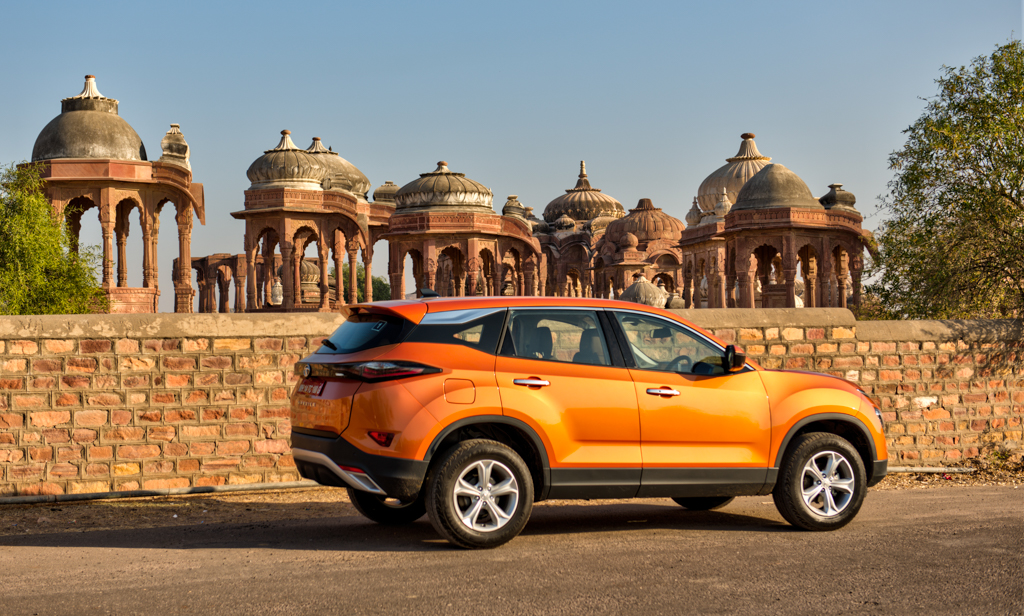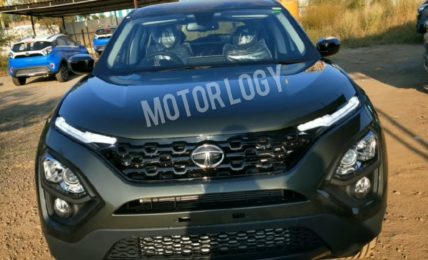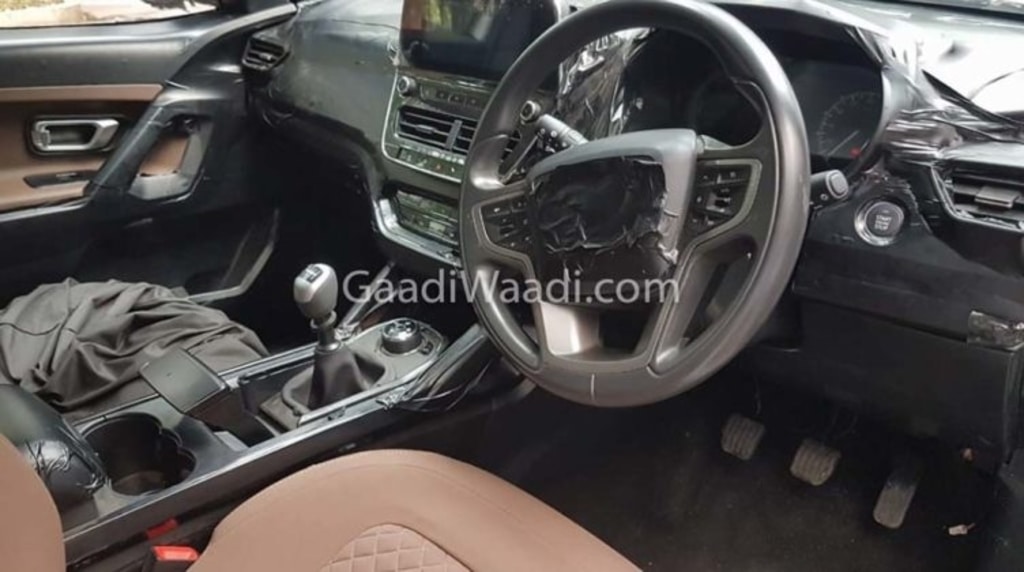The Tata Harrier is a mixture of components sourced from various manufacturers.

It is no secret that the Tata Harrier has been one of the most awaited SUVs of 2019 set to be launched on Indian roads. Given that it is the first Tata vehicle to be built on a Land Rover platform, it is not surprising that Indian auto fanatics are excited about this new venture. This feature alone gives it a good image right before you delve in to know about the other specifications.
But, will it just be another Tata SUV or will it make a mark as the first Indian Land Rover? Scroll down to read about 5 things about the Tata Harrier’s development that isn’t common knowledge to the Indian customer.
The platform was dictated by the backseat space
In 2013 when the initial concept of the Harrier was born, the plan was to build the vehicle on the L359 platform used by the Land Rover Freelander. But since it didn’t allow for sufficient legroom as per Indian market standards (wheelbase length of 2650 mm), it was decided that the L359 platform wouldn’t be used.
But when the Discovery Sport was unveiled in 2014, the new L550 platform with its wheelbase length of 2741 mm was a definite winner. Tata went on to build the Harrier on the latest architecture and as a result, it is assured that the Harrier will have sufficient legroom, as in the Discovery Sport.
Cost of JLR’s Ingenium engine
It is simply logical that Tata would try and build the Harrier using the same powertrain mated with the Land Rover L550 platform. Accordingly, it was also planned that the Ingenium engine from JLR would be locally produced in India but upon realizing the costs for the projected volumes, the project was simply not doable.
It was estimated that 1,00,000 engines would be used for the Safari Storme, Hexa and the Harrier. Localizing the production of an engine for small volumes was not feasible while the other option of importing engines and incurring large custom duties, made this project highly cost-inefficient.
Limited options for the engine and transmission
Tata had a limited number of options when it came to choosing transverse engines since there weren’t too many available to match the Harrier’s size and weight. The company was in talks with VM Motori and Hyundai to obtain a suitable diesel engine. But they finally signed the deal with Fiat for their 2.0-litre turbo-diesel engine. This engine, which also powers the Jeep Compass, is locally made which gave it a huge cost advantage over the other vendors. Also the engine is made at the jointly-owned facility of Tata and Fiat at Ranjangaon.
While Tata was hoping to add the Compass’ 9-speed DCT automatic, it couldn’t have supported the load of the Harrier. Tata then finally decided on sourcing the transmission from Hyundai. The Harrier will get the Hyundai 6-speed torque convertor auto box. This delay in procurement however, meant that a Harrier model with automatic transmission wouldn’t be available at launch.
The revealing of the petrol variant of the Harrier is still far off, to say the least. The weight of the Harrier has also ruled out the option for the company to use the Fiat 1.4-litre MultiAir engine. It is also suspected that Tata Motors may launch a sporty version of the Harrier which will be powered by JLR’s 240 HP generating, 2.0-litre Ingenium engine.
Lotus and JLR collaboration to develop Harrier’s suspension
The front suspension of the Harrier uses a sub-frame and McPherson Strut assembly similar to what is used in the Discovery Sport. The suspension at the rear is, however, a simpler and locally developed torsion-beam, also referred to as ‘twist-blade suspension’. The fine tuning and balancing of the suspension was achieved by the collaborative efforts of Lotus Engineering and JLR.
Reveal of the 7-seater Harrier
At the unveiling of the Harrier, it was mentioned that a 7-seater Harrier is also under the works and will hit the 2020 Auto Expo. The 3-row, 7-seater vehicle will be longer than the Harrier by 62 mm but will use the same wheelbase and engine. The engine will be tuned to give out more power of over 170 HP. The 7-seater will get both manual and automatic transmission options at launch.
Tata Harrier Development Unknown Facts
– The Tata Harrier is set to launch in January 2019
– It uses Land Rover’s L550 platform with a Fiat diesel engine
– Tata has not revealed details about a petrol variant

Source – AutocarIndia.com




